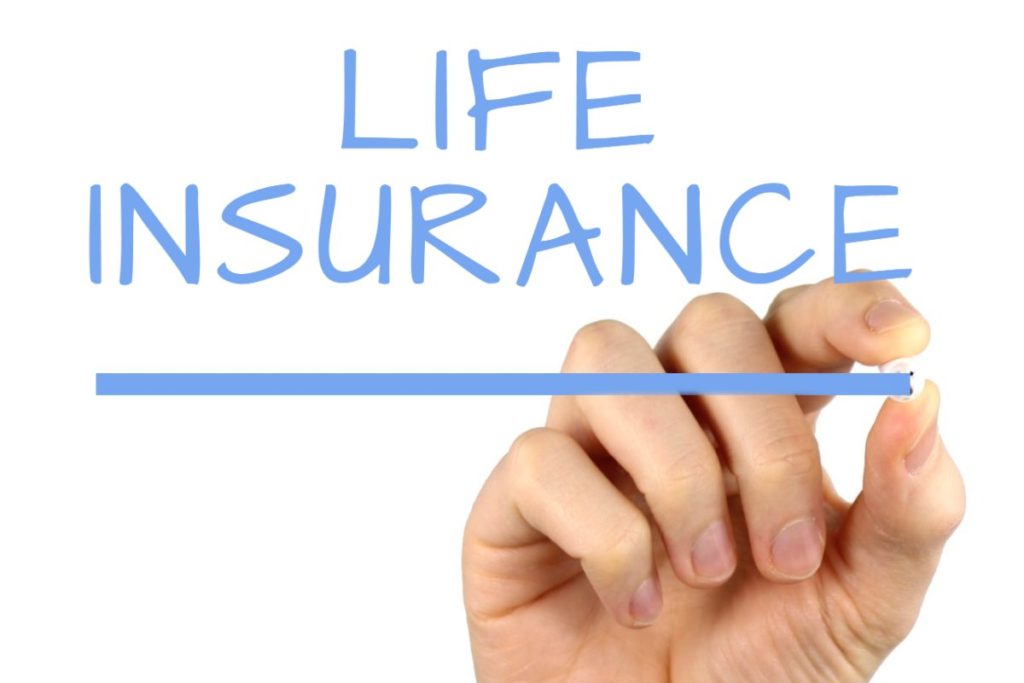If you are someone who understands the benefits of having a life insurance policy and knows how your family could use one, the thought of adding a life insurance premium to the family budget might seem intimidating. Is it worth the cost? Can you really afford it? The answer to both questions is a resounding yes.
It has often been assumed that life insurance is too expensive an item to incorporate into the average budget. Many adults these days confess that the reason they do not buy a life insurance policy is because they believe they cannot afford it. We are here to do away with this common excuse and tell you that life insurance can fit into just about any budget, big or small. Don’t believe us? Here are a few easy ways to keep life insurance costs down so you can fit your life insurance premiums into your family budget.
- Shop for a term life insurance policy rather than a permanent one.
Permanent life insurance policies (such as whole life, universal life, etc.) are typically much more expensive than term life insurance policies. Check out our table comparing the costs of term life insurance to permanent life insurance below. Term life insurance, on average, only costs about 5% of what an average whole life insurance policy would cost. However, it is important when purchasing a term life insurance policy to choose the right term length for what you need and to consider possible conversion options for later on. If you choose a term that’s too short for what you need, you will face getting higher premiums if and when you renew the policy, or if you choose to convert it to a permanent life insurance policy later. Use a free online life insurance needs calculator to determine the best term option for you and your family. Sites like Consumer Advocate.org also have reviews on many companies.
Cost of Term vs. Permanent Life Insurance ($500,000)
| Profile | 20-year Term | Permanent (whole life) |
| Male, Age 30 | $20.16 | $389.58 |
| Male, Age 40 | $29.00 | $575.83 |
| Male, Age 50 | $74.83 | $900.16 |
| Female, Age 30 | $17.33 | $345.16 |
| Female, Age 40 | $25.50 | $491.42 |
| Female, Age 50 | $55.75 | $750.25 |
- Improve your overall health.
This one is a no-brainer. The healthier you are, the better your life insurance premium rates will be. The insurance company will use some combination of medical exams and health questionnaires to determine what your “risk class” is, which is basically a classification identifying how high of a risk the company is taking by insuring your life. The higher the risk, the higher the premiums. There are several ways to get any potential health risks under control before you apply for life insurance:
- Quit smoking. Besides this being a smart choice for your overall health, smokers will typically have a much higher premium than non-smokers because of the associated risks of lung disease, cancer, etc. Notice the chart below…a premium payment for a 35-year-old male who smokes is over four times as much what it would have been if he were a non-smoker.
- Keep chronic health conditions well maintained. For example, if you have diabetes, keeping your A1C low and faithfully monitored will help you qualify for a better life insurance rate. Same goes for things like high blood pressure or high cholesterol.
- Lose weight. Maintaining a healthy weight will also influence your risk class determination. Being overweight can lead to blood pressure issues, cardiovascular issues, and even diabetes. Work on getting into a healthy routine of diet and exercise in order to set yourself up for success and a better premium rate.
Average Cost of Life Insurance by Term, Smoker v. Non-Smoker (35 yol Males, $500,000)
| Term | Smoker | Non-Smoker |
| 10 years | $56.80 | $13.41 |
| 15 years | $68.70 | $16.30 |
| 20 years | $88.23 | $21.33 |
| 30 years | $140.55 | $37.37 |
- Do not wait until you “think” you need it. Buy life insurance early on in life.
The younger you are, the lower your life insurance rates will be. Purchasing life insurance while you are still young will keep costs low long-term, especially if you buy a policy with a fixed premium rate. Note the differences in the table in the first section of this article: a premium payment on a 20-year term policy for a healthy male more than triples if bought at age 50 (versus at age 30).
- Choose to pay your premiums annually.
While monthly insurance premium payments might be more manageable for many people, in the long run you will actually end up spending more money in premium payments than if you had chosen to pay your life insurance premiums annually. Opting for annual payments instead will save you money by eliminating any administration or convenience fees that could potentially get tacked on to a monthly payment plan.

